Spatial ALD for Green Hydrogen
We address critical challenges in technologies such as electrolysers, fuel cells, and power-to-X solutions by significantly reducing the loading of highly scarce materials like iridium and platinum.
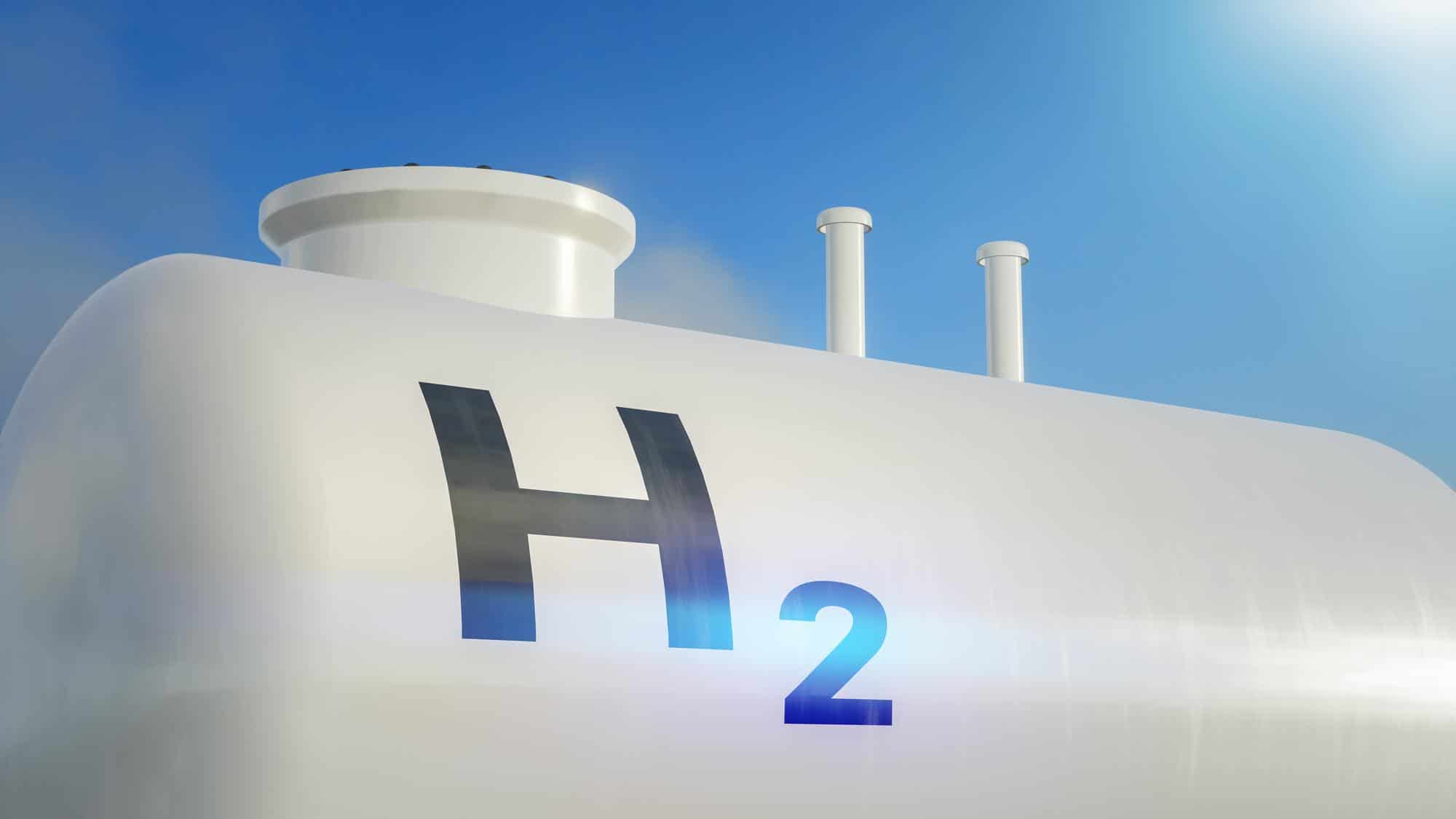
Transition to Sustainable Hydrogen Production
To reduce CO2 emissions and achieve sustainable energy goals, we need to transition from fossil fuels to green hydrogen rapidly. Efficient hydrogen production will enable our future transportation, heating, and industrial needs.
It is expected that the demand for green hydrogen will skyrocket in the coming decades, with a more than 5000x increase in the next 30 years. Smart solutions are crucial for accelerating this transition.
Interested in how Spatial ALD can make an impact on sustainable hydrogen production? Read our interview with the Hydrogen Standard, in which we present our solution to the global iridium challenge, creating possibilities for upscaling green hydrogen production!
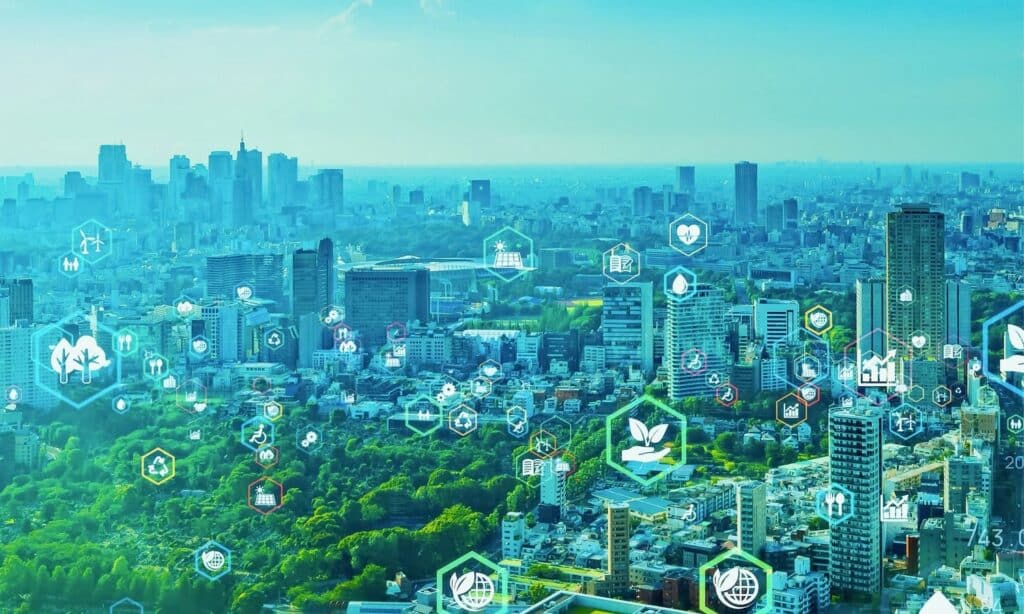
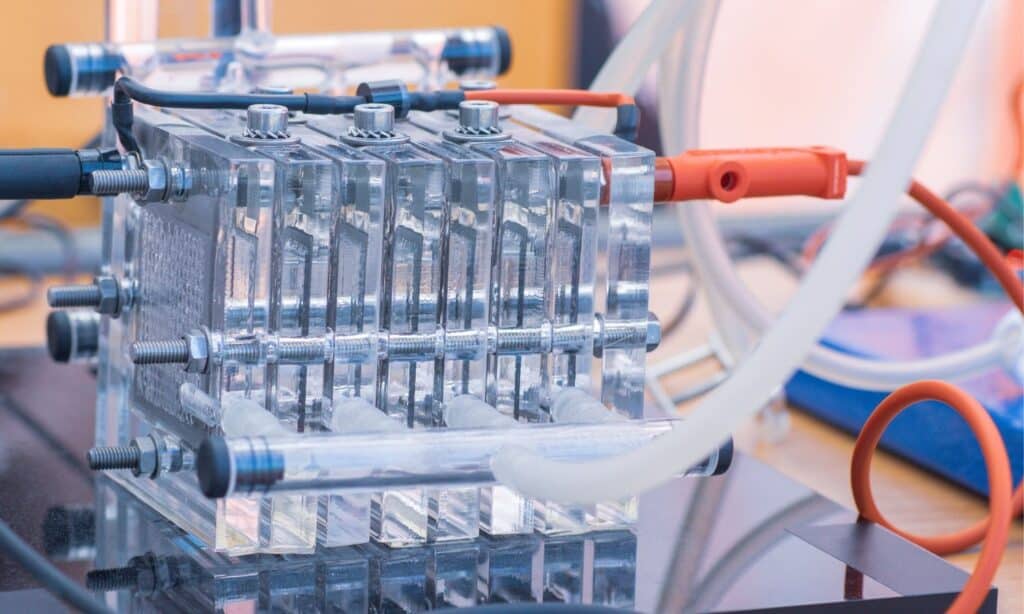
New Generation of Electrolysers
Green H₂ is produced by splitting water using electricity in electrolysers. Many commonly used electrolysers use large amounts of iridium and platinum as catalyst materials. However, iridium is one of the world’s scarcest and most expensive materials; it’s more than 3x more expensive than gold and is only mined in small quantities.
For the green hydrogen evolution to take place, we need new electrolysers that use significantly less iridium than is used today. The tools we develop at SparkNano will make this possible, paving the way for efficient hydrogen production.
Reduction of Precious Metal Loading
The solution for reducing the amount of iridium used is Atomic Layer Deposition (ALD). At SparkNano, we have adapted ALD to coat very large surfaces at high speeds, allowing the application of very thin iridium and platinum catalyst layers for electrolysers.
Using SparkNano’s technology, a reduction of a factor of 40 (or more) in the amount of iridium can be realized. This enables a massive cost reduction in green hydrogen production, an essential breakthrough for sustainable hydrogen production and a CO2-free future.
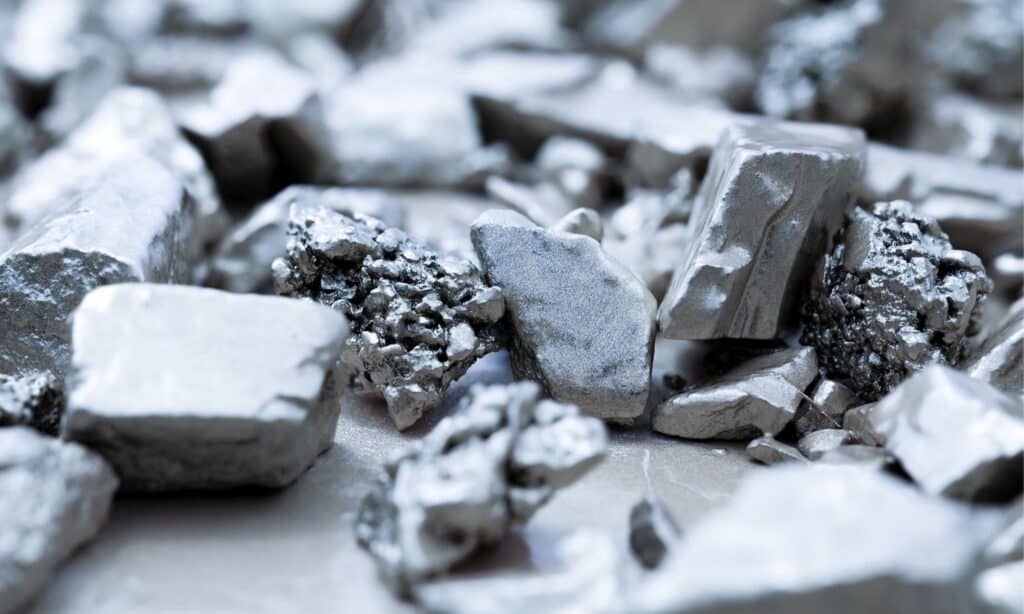
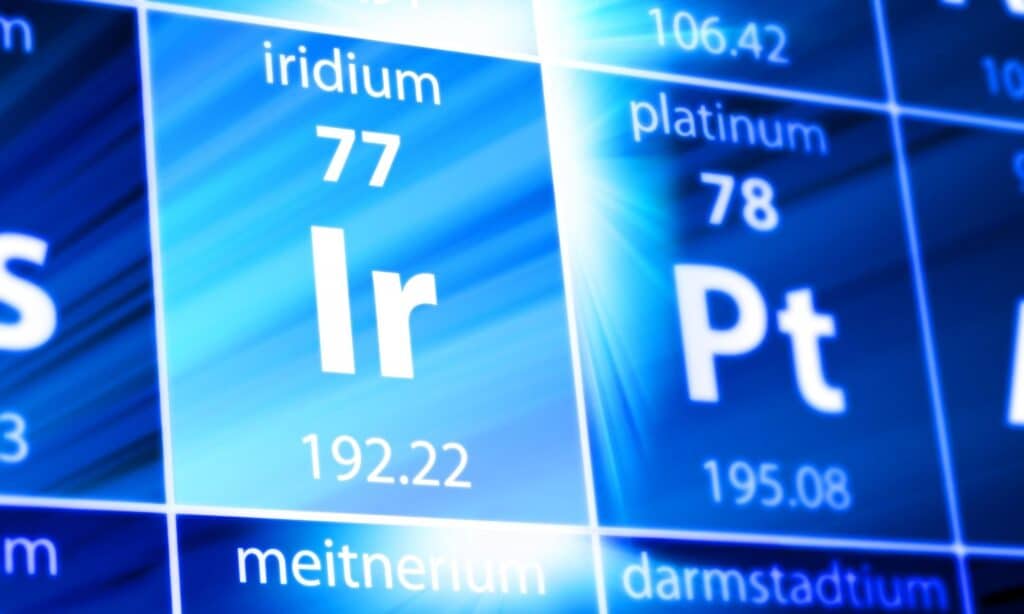
Minimizing Costs
In addition to minimizing the iridium and platinum loading in electrolysers, we strive for minimal iridium waste in the process. We achieve this by depositing the exact right amount of material in exactly the right place, with zero waste.
The result: minimized iridium and platinum consumption, leading to significantly reduced costs for efficient and sustainable hydrogen production.
Spatial ALD versus Traditional ALD
Find out how Spatial ALD can bring innovation to your products.

Traditional ALD
- High-quality 3D layers and suitable for porous substrates
- Limited deposition speed
- Limited in maximum substrates

Spatial ALD – Our solution
- A 100 times faster deposition speed than conventional ALD by our spatial technology in combination with proprietary plasma enhanced deposition
- Scalable to large surfaces
- Adaptive to porous, flexible, and odd shaped substrates
- Industrially proven, cost-efficient mass production
